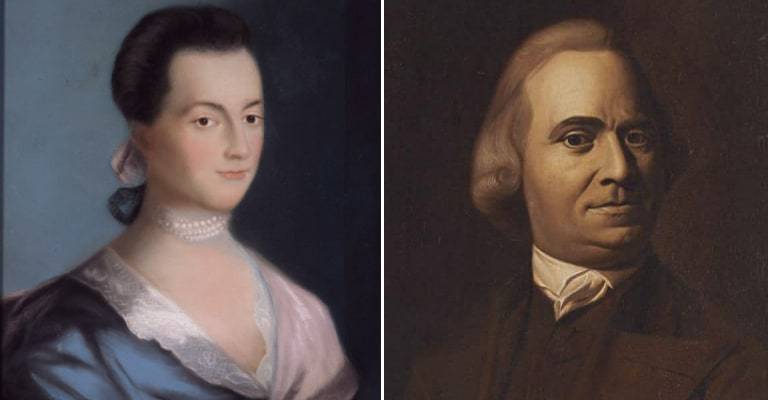John Adams was the second President of the United States and the first to lose when standing for reelection, causing him to leave office an embittered man. Adams left Washington before dawn on the morning of March 4, 1801, refusing to attend the inauguration of his successor, Thomas Jefferson. For most of his life Adams maintained an extensive correspondence with many contemporaries, but for the first four years following his presidency he remained reclusive on his small farm which he called Peacefield, within the town of Quincy, Massachusetts. His legacy as president is little known today, he is mostly remembered for his contributions to independence in 1776.
But Adams left another legacy, one which contributed to the growth of the nation, its financial and physical security, and to the recording of its history. The descendants of John Adams included another President of the United States, John Quincy Adams. The noted diplomat and historian Charles Francis Adams Sr. was the former president’s grandson, and the United States Minister to the United Kingdom during the critical days of the American Civil War. Other descendants of the second president served in Congress, on the bench, and on diplomatic missions representing the United States. Descendants of John Adams and his beloved Abigail have long and honorably served America.

Here are ten members of America’s first political dynasty – the Adams family.

John Adams
John Adams was an enigmatic individual in many ways. He rose to prominence in pre-Revolutionary War Boston through his writings and speeches opposing the Stamp Act, which he declared invalid as a law since it was imposed on the colonies without their being able to present their arguments against it in Parliament. His published articles were under a pen name – Humphrey Ploughjogger – and were reprinted in London periodicals, but despite the subterfuge his authorship was well known. Yet when soldiers of His Majesty’s Army were tried for murder following the Boston Massacre in 1770, it was John Adams who provided them a defense and won an acquittal.
Despite Adams’ respect for the letter of the law and the rights of citizens he fully supported the illegal destruction of private property which occurred during the Boston Tea Party calling it, “indispensably necessary.” He was one of the first members of the Continental Congress to call for full independence from England, and he lobbied hard for its passage. Later in the Revolution he helped negotiate the alliance with France and financial support for the Americans from the Dutch. His treatise Thoughts on Government was one of the earliest written works which defined a bicameral legislature, a separate judiciary, and an executive, each containing checks upon the others.
During his presidency Adams signed into law a series of legislation passed by Congress which came to be known as the Alien and Sedition Acts, which limited free speech, gave the president the power to deport any non-citizen which he deemed dangerous, without resort to a court hearing, and made it more difficult for immigrants to obtain citizenship. The Acts were used to prosecute several newspapers which had been critical of the president and his party, the Federalists, and at least one Congressman, Matthew Lyon of Vermont, who was sentenced to four months in jail. Lyon ran for reelection while in jail, and retained his seat.
The party system which had begun under Washington’s presidency, and against which he warned in his valedictory letter to the nation, emerged full-blown during Adams’ term in office. The Federalists were opposed by the Democratic-Republicans of Jefferson, which took advantage of superior organization to defeat Adams in the election of 1800. Thus the nation’s second president became its first one-term president. The following three administrations all lasted two terms, and all of the occupants of the Executive Mansion were gentlemen planters from Virginia; Jefferson, Madison, and Monroe. The influence of New England in national affairs began to wane.
John Adams passed on to his sons a sense of national duty and a respect for the law. He also passed along a problem with alcohol which ran through his descendants. Adams himself habitually started every day with a glass of hard New England cider, yet in a hard drinking age he was almost abstemious. His sons were less fortunate, and the two constants in his descendants for several generations were the study of law and the pitfalls of heavy drinking exhibited by males of the Adams line. Nonetheless the contributions of John Adams and his descendants to American culture and law make the Adams family one of the most extraordinary in American history.

